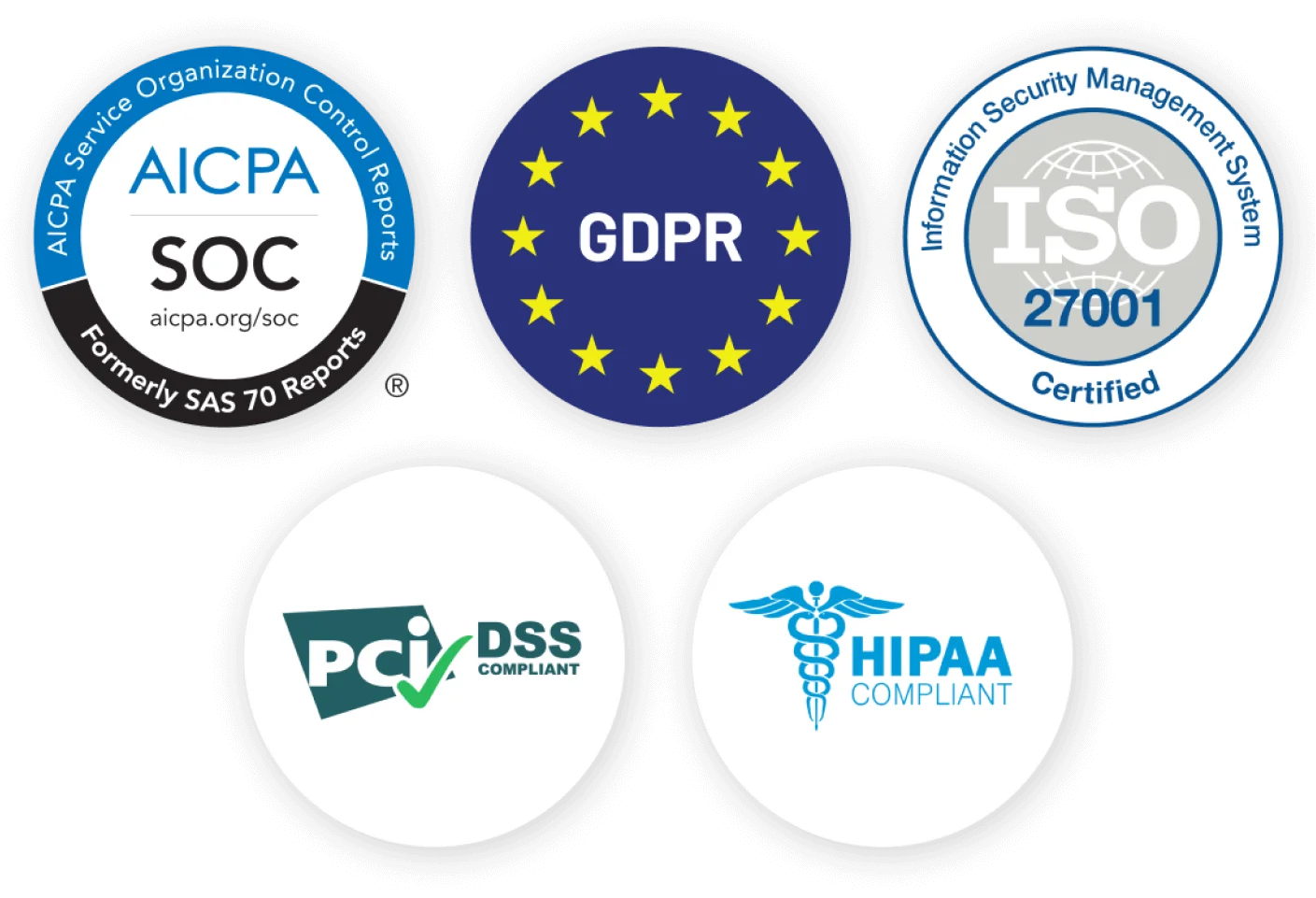
Standard eWay Bill Solution
Features
- Super Fast Service
- Affordable Price
Let’s Get Started
Streamlined Process for GST eWay Bill
An e-way bill, short for Electronic Way Bill, is a digital document that plays a crucial role in tracking the movement of goods. It’s particularly significant within the framework of the Goods and Services Tax (GST) system. This bill becomes mandatory when goods valued over Rs. 50,000 are transported by an individual or entity registered under GST. GST eWay Bill should be generated before the commencement of the transportation of the consignment.
At FintechFilings, we offer LEDGERS software designed to generate e-way bills seamlessly. Contact our experts today and start effortlessly generating your e-way bills with LEDGERS.
What is an e-Way bill?
An E-way bill, short for electronic way bill, is essential for the movement of goods in both inter-state and intra-state transportation under the GST regime.
An E-way bill is an electronic document generated on the e-way bill portal (ewaybillgst.gov.in), which serves as proof of the movement of goods. It acts as a digital compliance tool under the GST framework, where the consignor or seller inputs relevant information about the goods before they are transported and generates an e-way bill on the GST portal.
The E-way bill includes important details such as:
According to GST regulations, any person registered under GST who initiates the transportation of goods with a consignment value exceeding Rs. 50,000 must provide details of these goods in an E-way bill before the goods begin their journey.
The requirement for an e-way bill is mandated under Section 68 of the CGST Act and further detailed in Rule 138 of the CGST Rules, 2017.
The requirement to use an e-way bill for interstate supplies came into effect on April 1, 2018. It was extended to intrastate supplies in certain states (Arunachal Pradesh, Madhya Pradesh, Meghalaya, Sikkim, and Puducherry) starting April 25, 2018.
Key Components of eWay Bill
The e-way bill, crucial for the movement of goods in India, consists of Part A and Part B.
Part A of the e-way bill
Part A of the e-way bill involves gathering vital information about the consignment, primarily related to the invoice. The details required in Part A include:
Part B of the e-way bill
Part B of the e-way bill captures the transportation specifics. This includes the vehicle number for road transport or other conveyance details via rail, air, or ship. Part A and B are required to constitute a complete e-way bill, which is obligatory for transporting goods exceeding Rs. 50,000 in value, within or across state lines, under the GST framework.
When is an e-way bill generated?
An e-way bill is required to be generated before the dispatch of goods. It must encompass key details about the goods, including information about the consignor, recipient, and transporter.
The scenarios necessitating an e-way bill include:
Who should generate an eWay Bill?
The generation of an eWay Bill is required in the following scenarios for individuals or entities registered under GST:
Note that the consignor can delegate the responsibility of filling out PART-A of the e-way bill to the transporter, courier agency, or e-commerce operator.
Additionally, it’s important to generate an e-way bill regardless of the consignment’s value, even if it is less than Rs.50,000, in the following two scenarios:
Exemptions and Situations Where E-Way Bill is Not Necessary
The requirement for an e-way bill is waived in certain instances, especially when transporting specific goods or under particular conditions:
Goods Exempt from E-Way Bill:
Customs-Related Exemptions:
Specific Goods Exempt from E-Way Bill:
Optional E-Way Bill Generation:
Validity of Eway Bill
There is a specific validity period for an e-way bill, which is determined based on the distance the goods are transported. The e-way bill is valid for one day for every 100 kilometers or part thereof for regular vehicles or standard transportation modes.
In the case of Over Dimensional Cargo (ODC) vehicles, the validity is one day for every 20 kilometers or part thereof. It’s important to note that this validity period expires at midnight on the last day.
Eway Bill Machansim
The e-way bill mechanism functions as follows:
Registration on the Common Portal
After registration, they can generate an e-way bill on this portal.
Allocation of a Unique E-Way Bill Number
Filing Part A of Form GST EWB-01
Requirement for Acceptance or Rejection
The party at the other end must accept or reject the consignment details specified in the e-way bill.
Deemed Acceptance
Suppose there is no communication of acceptance or rejection within 72 hours from the generation of the e-way bill or the time of delivery of the goods (whichever is earlier). In that case, the details are considered accepted by default.
Documents Required Generating an e-way Bill:
To generate an e-way bill, the following documents are required, depending on the mode of transport:
For Transport by Road:
For Transport by Rail, Air, or Ship:
How to register for an e-way bill?
Various modes are available on the common portal to register for an e-way bill under the e-way bill system. These include:
Users must initially register through the web-based system regardless of the chosen mode.
How to Generate E-Way Bills?
Generating E-Way Bills is a straightforward process through the Eway Bill (EWB) portal. It offers various functionalities like generating single and consolidated E-Way Bills, updating vehicle numbers on existing Ones, and canceling them.
Issuing via GSTN
The e-way bill can be created on the GSTN portal. This involves entering details about the goods, the consignor, the recipient, and the transporter.
Receipt of E-Way Bill Number (EBN)
Once generated, an e-way bill number (EBN) is provided to the supplier, recipient, and the transporter involved in the movement of goods.
SMS Option for Generating and Canceling E-Way Bills
For suppliers without internet access, e-way bills can also be generated or canceled via SMS. To use this service, the supplier must first register for the SMS facility on the GSTN portal by selecting the ‘For SMS’ option under the ‘Registration’ tab.
The details of the generated e-way bill are accessible on the common GST portal for the recipient.
Note:
The recipient must either accept or reject the e-way bill on the portal. If no action is taken within 72 hours, the e-way bill is automatically considered as ‘accepted’.
What are the penalties associated with the e-way bill?
The individual responsible is penalized if a consignment is transported without an e-way bill. This penalty is either Rs. 10,000 or an amount equal to the tax evaded on the consignment, whichever is higher.
Introduction to FintechFilings’ LEDGERS Software
FintechFilings offers a robust solution with our LEDGERS software, streamlining the process of generating eWay Bills. This software is designed to simplify the complexities of eWay Bill generation, making it a straightforward task for businesses of all sizes. By using LEDGERS, you can efficiently create eWay Bills with ease and accuracy, ensuring compliance with the GST regulations. The platform’s user-friendly interface allows for quick data entry and seamless integration with business operations, thus enhancing overall efficiency. Whether it’s a single eWay Bill or multiple ones, LEDGERS is equipped to handle the requirements efficiently, making it an indispensable tool for businesses navigating through the intricacies of GST and eWay Bill compliance.
Ready to simplify your eWay Bill generation process? Contact FintechFilings today to learn more about LEDGERS and how it can benefit your business operations. Contact us now to start streamlining your GST compliance!


